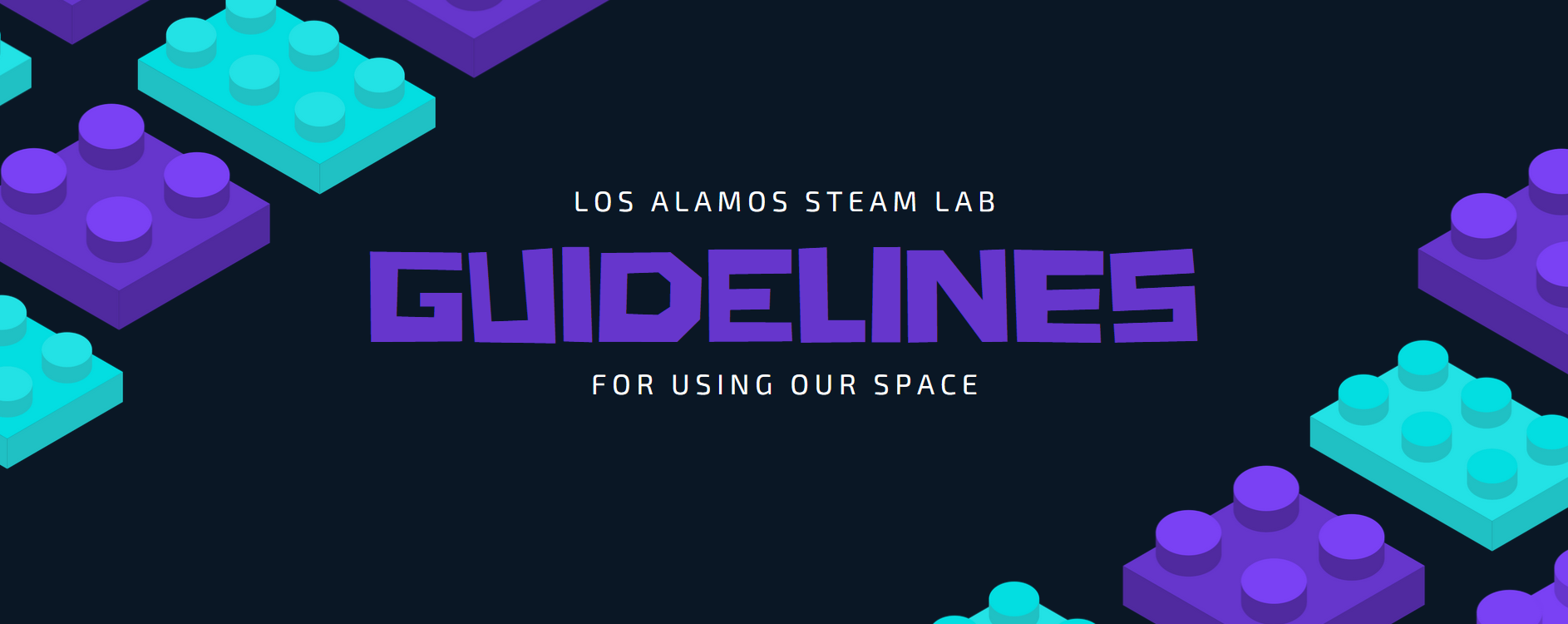Los Alamos STEAM lab offers classes in a variety of fields, but we also have drop in hours as well. During our drop in hours, kiddos (and adults) can play with our many robots, create games using scratch, build with our technic legos (complete with motors), or play at our rotating table which could include snap circuits or an engaging art project.
I’ve been offering classes in robotics out of my house for the last couple of years. During that time, I’ve collected a large variety of robots for kids of all ages.
The Ozobot Evo is our smallest robot and they can be programmed with color codes. Kids can draw lines on paper and they will follow them and do as their told. That’s not all, though! They also have a large number of sensors, lights, and sounds and more advanced students can make complex programs using all of these.
Wonder Workshop has some great robots that come with some wonderful puzzles for kids to solve. Dash and Dot can interact with each other and play hide and seek. Cue is their older sibling with some more advance features and the ability to be programmed with Javascript, in addition to block based programming.
We’ve also got the whole line of Lego robotics with 4 EV3s that will be built into a range of creatures and cars, three lego boosts (including some awesome droids), and 15 old NXTs that students can build and program themselves. If you don’t love the lego programming language (I sure don’t!), that’s okay, because the robots can all be programmed with scratch. The EV3s can even be programmed in python!
Makeblock is another popular source of our robots. The mBot has an arduino brain and can be programmed with block based programming or the arduino language. We also have a couple of Codey Rockys. Her personality makes her a big hit. Her face is comprised of pixels. Kids really enjoy turning her into a kitten or a small puppy. She can also be programmed with both blocks and python. Makeblock just came out with the mTiny as well, which is another great option for preschoolers. You just tap a pen to the direction you want the robot to go and it will follow along. It comes with an interactive puzzle map that allows for some great pretend play.
As you can see, our robots can provide hours of fun and learning for kids of all ages and we’re around to help with programming questions or to provide challenges for the kids to accomplish.
We also have a baby safe area with Duplo and blocks, so that parents can bring their children without worrying about what the babies will get up to.
How do you gain access to all of this fun? You can just drop-in during our open hours and pay a $10 drop in fee ($5 for preschoolers, adults and babies are free). Or you can purchase a punch pass at a discount. We also offer both monthly and annual memberships (shop here!). School age kids do not need to be accompanied by an adult after school, but kids 8 and under should have an adult on the weekends. If you have any questions, just let us know in the comments! We look forward to seeing you soon!



